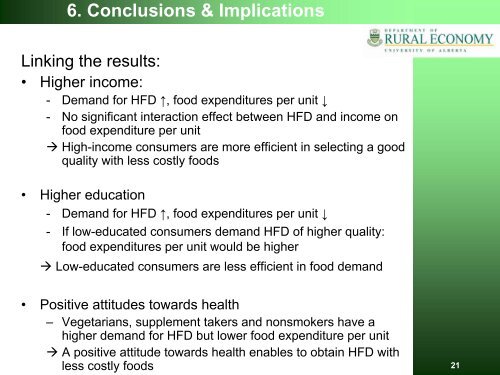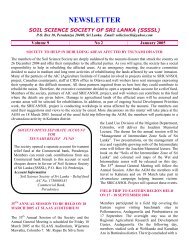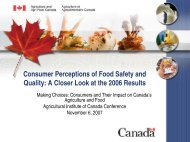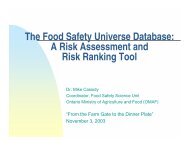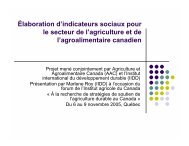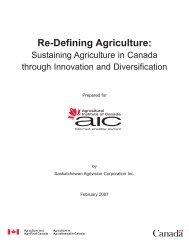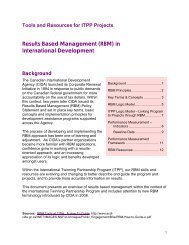Consumer Demand and Willingness to Pay for Healthy Food ...
Consumer Demand and Willingness to Pay for Healthy Food ...
Consumer Demand and Willingness to Pay for Healthy Food ...
You also want an ePaper? Increase the reach of your titles
YUMPU automatically turns print PDFs into web optimized ePapers that Google loves.
6. Conclusions & ImplicationsLinking the results:• Higher income:- <strong>Dem<strong>and</strong></strong> <strong>for</strong> HFD ↑, food expenditures per unit ↓- No significant interaction effect between HFD <strong>and</strong> income onfood expenditure per unit High-income consumers are more efficient in selecting a goodquality with less costly foods• Higher education- <strong>Dem<strong>and</strong></strong> <strong>for</strong> HFD ↑, food expenditures per unit ↓- If low-educated consumers dem<strong>and</strong> HFD of higher quality:food expenditures per unit would be higher Low-educated consumers are less efficient in food dem<strong>and</strong>• Positive attitudes <strong>to</strong>wards health– Vegetarians, supplement takers <strong>and</strong> nonsmokers have ahigher dem<strong>and</strong> <strong>for</strong> HFD but lower food expenditure per unit A positive attitude <strong>to</strong>wards health enables <strong>to</strong> obtain HFD withless costly foods21


